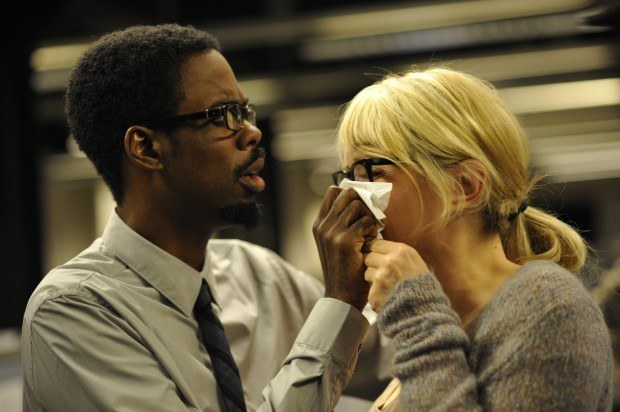Film's Independent Women

The author, the leading expert on the status of women working in film and television, has good news about women's progress in directing documentary films. Her question: are indie women in the pipeline to top Hollywood jobs?
“For women today, directing films is like playing against the house in a Vegas casino. The odds suck, the game is rigged,” wrote film scholar and critic B. Ruby Rich in a 2003 article for the U.K.’s Guardian newspaper. For the most part, Rich’s observation is as true today of women directing large-budget studio films as it was a decade ago. In 2011, women directed a scant 5 percent of the top 250 domestic grossing films and comprised 18 percent of those in powerful behind-the-scenes roles. However, a new study that I conducted, Independent Women, reveals that women are directing, writing, editing, and shooting documentary films in increasing numbers.
Recently released by the Center for the Study of Women in Television and Film, the study found that women directed a stunning 39 percent of documentary films screening at high-profile film festivals in the United States from August 2011 to August 2012. This figure is up from 28 percent in 2008-2009 when I conducted a similar study. The survey of 23 film festivals found that women working on documentaries fare better than their counterparts working on studio and independent narrative features in a variety of other behind-the-scenes roles as well. Women account for 35 percent of producers, 32 percent of writers, 31 percent of executive producers, 27 percent of editors, and 16 percent of cinematographers working on documentaries.
Independently produced narrative features also employ greater percentages of women than studio features. Women comprise 18 percent of directors, 21 percent of writers, 22 percent of executive producers, 29 percent of producers, 23 percent of editors, and 9 percent of cinematographers working on independently produced narrative features.
One logical question to emerge as a result of the Independent Women study is whether the women currently working in the independent realm will eventually find themselves making features for film studios. Do women working on indies constitute a substantial portion of the future employment pipeline for Hollywood? The pipeline theory of labor markets simplistically suggests that if more women were interested in being filmmakers, attending film schools and making independent films to showcase their talents, at some point in the near future, the problem of women’s under-representation would disappear. Except it won’t.
This unrealistically optimistic theory incorrectly assumes a level playing field free of bias, in which talent inevitably rises to the top. But Hollywood is not a pure meritocracy. Rather, some individuals in the community hold toxic attitudes regarding women’s abilities and box office bankability. Although industry watchers frequently cite risk as a major reason studio films employ so few women, who are often regarded as less experienced than men, the notion that the major studios only entrust multi-million dollar budgets to those filmmakers with established records is simply not true. As Jay Fernandez pointed out in a 2011 article in The Hollywood Reporter, Columbia hired Marc Webb, who had only directed a single feature, and a quirky romantic comedy at that ("500 Days of Summer"), to direct "The Amazing Spider-Man" with a hefty budget of $230 million. Universal hired Carl Rinsch to direct "47 Ronin," a samurai story budgeted at approximately $170 million. When he was hired, Rinsch had directed a few short films but no features. With only commercials on his resume, Joseph Kosinski was hired by Disney to helm "Tron: Legacy." And with no prior feature experience, Rupert Sanders was hired by Universal to direct the $100 million plus "Snow White and the Huntsman."
As this partial list of male directors with little to no previous feature filmmaking experience attests, Hollywood takes risks all of the time. It’s just that some executives seem much more willing to gamble on people who demographically resemble the majority of those already working in behind-the-scenes Hollywood.
The bottom line is that the pipeline is a facile but inadequate metaphor to explain labor market realities. Having women in the pipeline is a necessary but not sufficient requirement for boosting women’s behind-the-scenes employment. Attitudes regarding women’s capabilities would also need to shift in order for women in the pipeline to enjoy greater rates of employment. In lieu of such a shift, some type of external intervention would be required. Without these actions, it seems unlikely that many of the women currently excelling in the indie world will make the leap to studio features, perpetuating a film world segregated by gender.
More articles by Category: Arts and culture, Media
More articles by Tag:



























